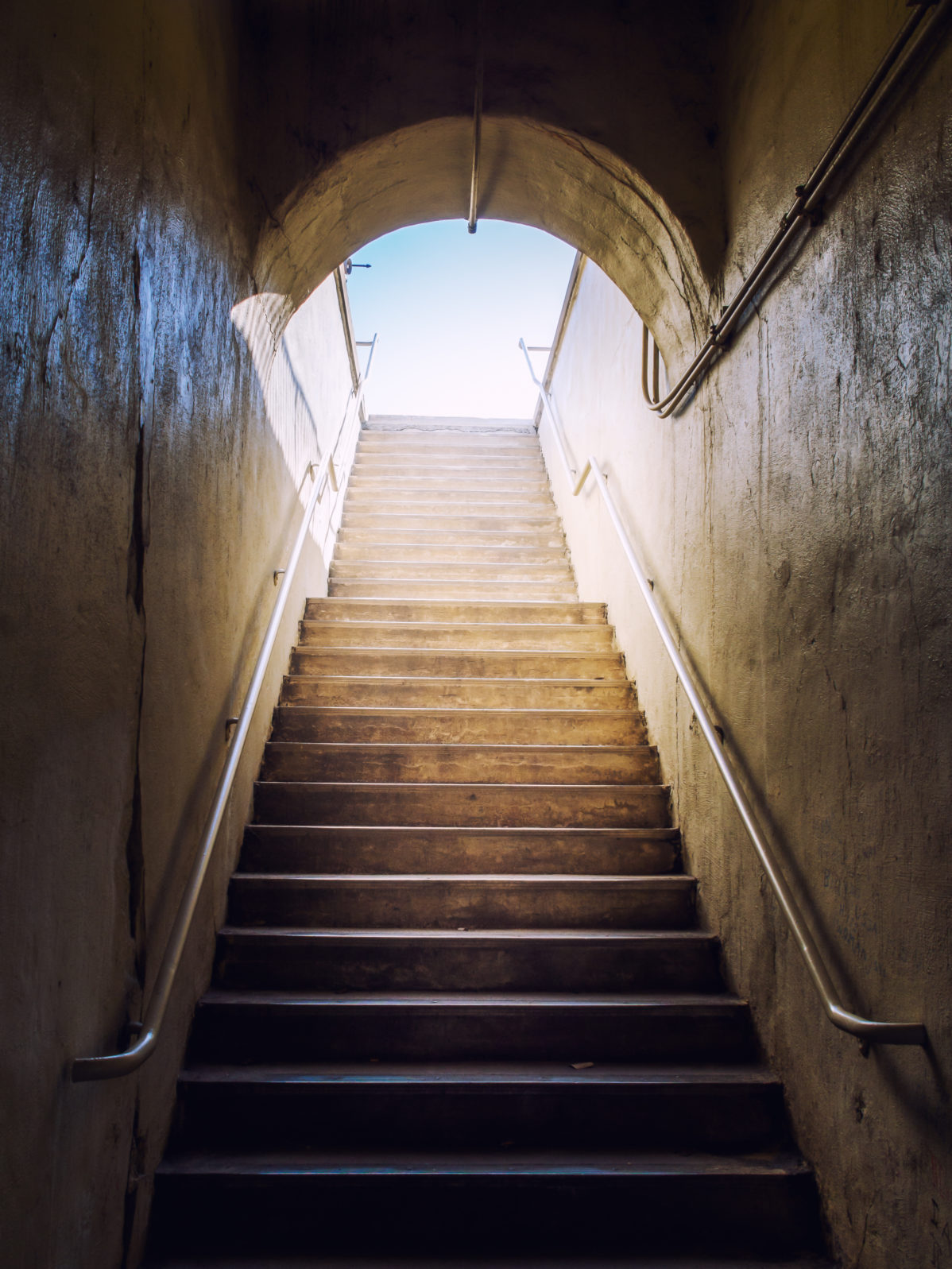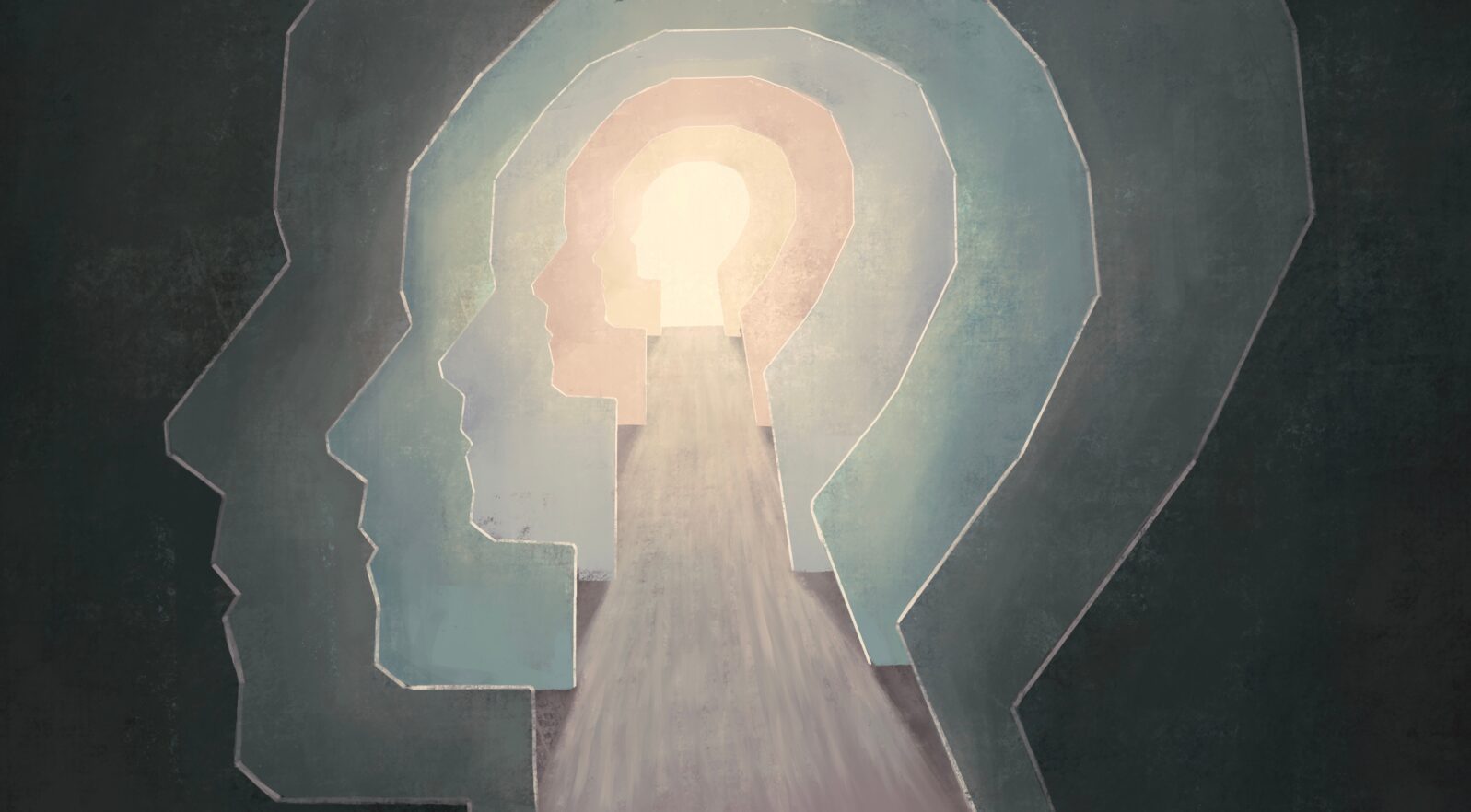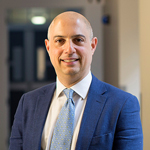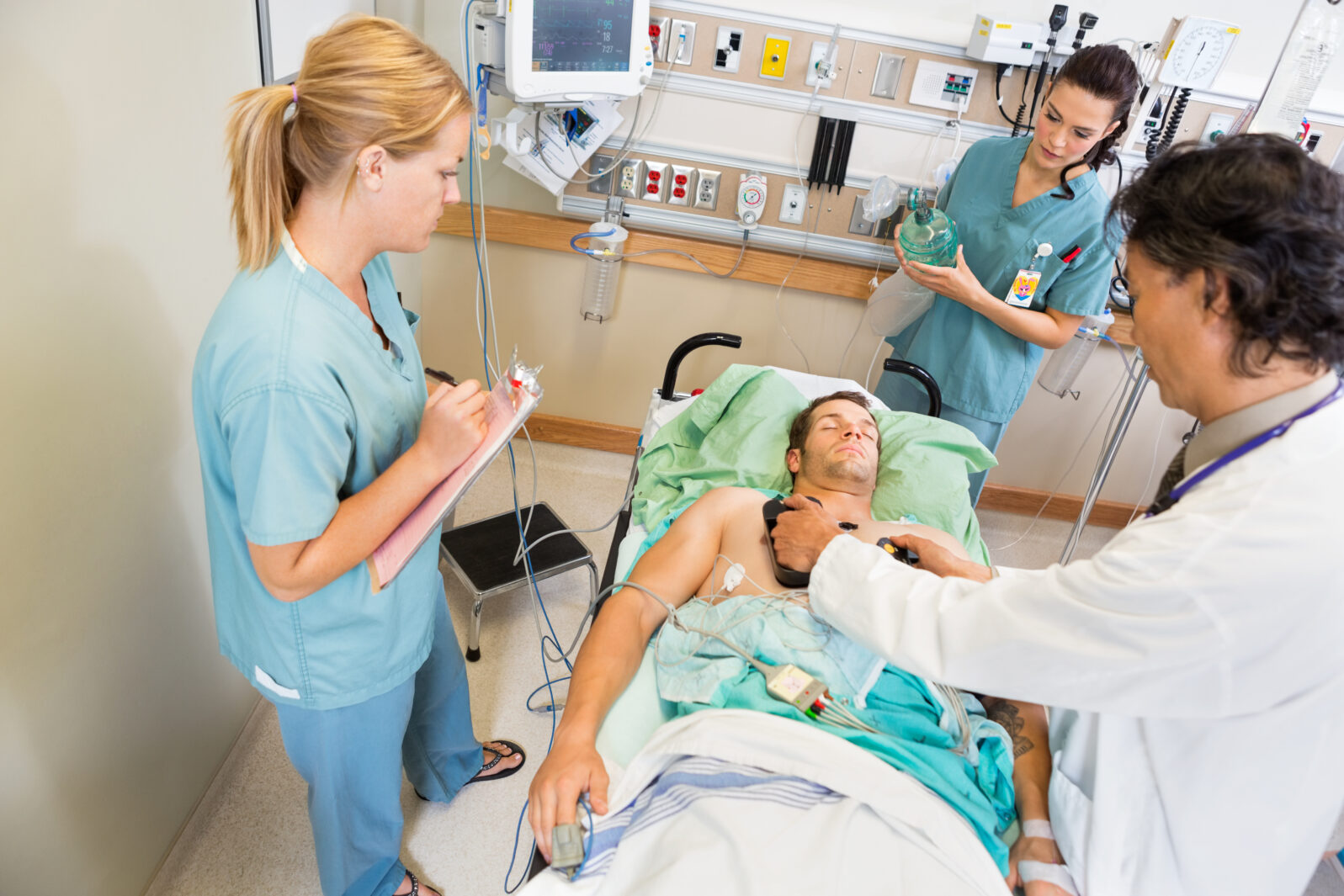Near-Death Experience Study: Brain Is Active After Death
Science media are making surprisingly few efforts to attack or explain away the team’s findingsA recent study led by near-death researcher Sam Parnia of the consciousness of patients whose hearts have stopped is providing more baseline data about the circumstances under which many near-death experiences occur.

A team at the NYU Grossman School of Medicine, working with 25 hospitals mostly in the US and Britain, studied the “lucid death experiences” that can occur when heart attack survivors are apparently unconscious. Of 567 patients, only 53 (9.3%) survived. Most of them were flatlined, meaning that they had no brain activity at a certain point. Sometimes brain activity was restored as late as up to an hour later. Only 28 of them completed interviews. According to the media release for the open-access study, “Four in 10 of patients who survived, however, recalled some degree of consciousness during CPR not captured by standard measures.” The study reports that “Using the near-death scale, 6/28 (21%) had a transcendent experience (median = 7, high = 18).
Survivors’ recollections include several like this:
“I do remember a being of light … standing near me. It was looming over me like a great tower of strength, yet radiating only warmth and love … I caught glimpses of my life and felt pride, love, joy, and sadness, all pouring into me. Each images was of me, but from the standpoint of a being standing with me or looking on… I was shown the consequences of my life, thousands of people that I’d interacted with and felt what they felt about me, saw their life and how I had impacted them. Next I saw the consequences of my life and the influence of my actions.” – Parnia S, Keshavarz Shirazi T, Patel J, Tran L, Sinha N, et al, AWAreness during REsuscitation – II: A multi-center study of consciousness and awareness in cardiac arrest. Resuscitation. 2023 Jul 7:109903. doi: 10.1016/j.resuscitation.2023.109903. PMID: 37423492.
The study is describing a classic near-death experience but in the media release, the term used is “lucid death experiences.” The release offers an explanation for them:
The study authors hypothesize that the “flatlined,” dying brain removes natural inhibitory (braking) systems. These processes, known collectively as disinhibition, may open access to “new dimensions of reality,” they say, including lucid recall of all stored memories from early childhood to death, evaluated from the perspective of morality. – Elsevier, “New evidence indicates patients recall death experiences after cardiac arrest,” ScienceDaily, September 14, 2023. The paper is open access.
In the study itself, the authors conclude, “Although systematic studies have not been able to absolutely prove the reality or meaning of patients’ experiences and claims of awareness in relation to death, it has been impossible to disclaim them either. The recalled experience surrounding death now merits further genuine empirical investigation without prejudice.”
Scientific American did not try to explain away the findings
The researchers could get their wish. There may be less prejudice around the topic than in the past. The article in Scientific American on the study is curiously middle-of-the-road, considering that the paper describes near-death experiences:
According to findings published on September 14 in Resuscitation, the flatlined brains of some cardiac arrest patients burst into a flurry of activity during CPR, even though their heart stopped beating up to an hour. A small subset of study participants who survived were able to recall the experience, and one person was able to identify an audio stimulus that was played while doctors were trying to resuscitate them. – Rachel Nuwer, “Some Patients Who ‘Died’ but Survived Report Lucid ‘Near-Death Experiences,’ a New Study Shows,” Scientific American, September 14, 2023

No effort is made to explain away the team’s findings. That said, the sheer awkwardness of the contemporary science approach to these experiences is highlighted in this sentence from the Elsevier media release: “While no one knows the evolutionary purpose of this phenomenon, it ‘opens the door to a systematic exploration of what happens when a person dies.’” But why would we need to establish an “evolutionary purpose” for such experiences when the people who have them are — but for recently developed, highly advanced medical techniques — dying and won’t pass them on? Obviously, the experiences point to something that is irrelevant to claims about evolution. But then readers of science media releases and journal articles have doubtless come to expect a hat tip to such claims.
Bad news for organ harvesters
But here is an issue the study raises that might become quite controversial:
The findings also raise questions about the brain’s resiliency to oxygen deprivation. It could be, Parnia says, that some people who have conventionally been thought to be beyond the point of saving could in fact be revived. “The traditional thinking among doctors is that the brain, once deprived of oxygen for five to 10 minutes, dies,” he says. “We were able to show that the brain is quite robust in terms of its ability to resist oxygen deprivation for prolonged periods of time, which opens up new pathways for finding treatments for brain damage in the future.” – Nuwer, Scientific American

Indeed, the authors note in the study that “Our data supports studies that indicate consciousness may be present despite clinically undetectable consciousness. This includes under anesthesia where implicit learning may occur without explicit recall and in patients assumed to be in persistent vegetative states (PVS).” That won’t be good news for people who want to harvest organs or “pull the plug.”
Why so few hit jobs these days?
Parnia and team stick closely to research discipline so that whatever they do find should be taken seriously. Even so, in the past, one would have expected more of an effort to somehow confute or sideline their findings. If greater neutrality is a trend, it tracks two other items from recent news: University of Durham philosopher Durham University philosophy professor Philip Goff has a new book out on the fine-tuning of the universe for life. Possibly because he is a panpsychist, he is being treated respectfully where, for example, a Christian making the same points would be dismissed. Similarly, Dartmouth College theoretical physicist Marcelo Gleiser has written a book extolling human uniqueness, which — while obvious — is supposed, in many quarters, to be somehow anti-science. Ah, but Gleiser is careful to link it to the need for environmentalism so it seems to be passing under the radar.
Slowly, people are finding ways to utter the Wrongthink that is obviously true without getting Canceled. Time will tell if that lasts.
You may also wish to read: Researchers: Comatose people can have “covert consciousness” Claassen and Edlow found that the brain patterns of a woman who could not respond physically to commands showed that she recognized them. With other researchers, they want to identify and work with the 15–20% of comatose patients who can recover if identified and treated early enough.
